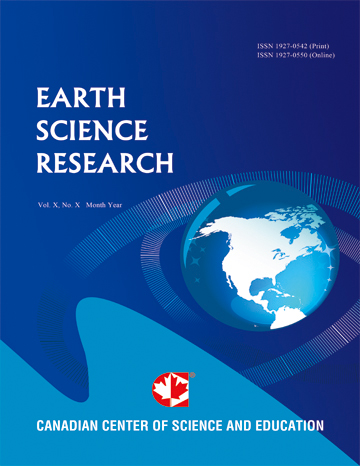Geochemical and Mineralogical Characteristics of the Mayouom Kaolin Deposit, West Cameroon
- B. Tassongwa
- C. Nkoumbou
- D. Njoya
- A. Njoya
- J. Tchop
- J. Yvon
- D. Njopwouo
Abstract
Geological, mineralogical and geochemical studies were carried out on clay materials of the same pit from Mayouom kaolin deposit located within a mylonitic shear zone about 30 km north of Foumban town (western Cameroon), in order to define their characteristics, the ore genesis and its economic interest. Seven samples were studied using different techniques: description of the pit, optical microscopy, microprobe analysis, and bulk chemical analyses. Two different facies (sandy kaolin and sand-poor kaolin) were observed in the field. Microscopical observations show that the mylonitic schistosity is well conserved in sandy clays, while sand-poor clays reveal the transformation of muscovite/illite into kaolinite. Quantitative and qualitative mineralogical investigations reveal kaolinite as predominant mineral, associated to quartz + illite/muscovite + anatase ± hematite ± Ba, Sr-hydroxyapatite. Kaolinite (54% and 81–84% respectively) mineral presents homogeneous shape and a good crystallinity. REE pattern show a Ce negative anomaly marking a reductive milieu of alteration.
All these results point out a hydrothermal alteration of feldspars and mica-rich rocks as petrogenetic origin of kaolins. Sandy kaolin comes from mylonites basement while sand-poor kaolin is related to the alteration of magmatic intrusive shape veins.
Due to its high kaolinite content (up to 85%) and the low iron mineral content (less than 1.5%), Mayouom kaolin is a suitable raw material for white burning industrial clays.
- Full Text:
 PDF
PDF
- DOI:10.5539/esr.v3n1p94
Index
Contact
- Lesley LuoEditorial Assistant
- esr@ccsenet.org
